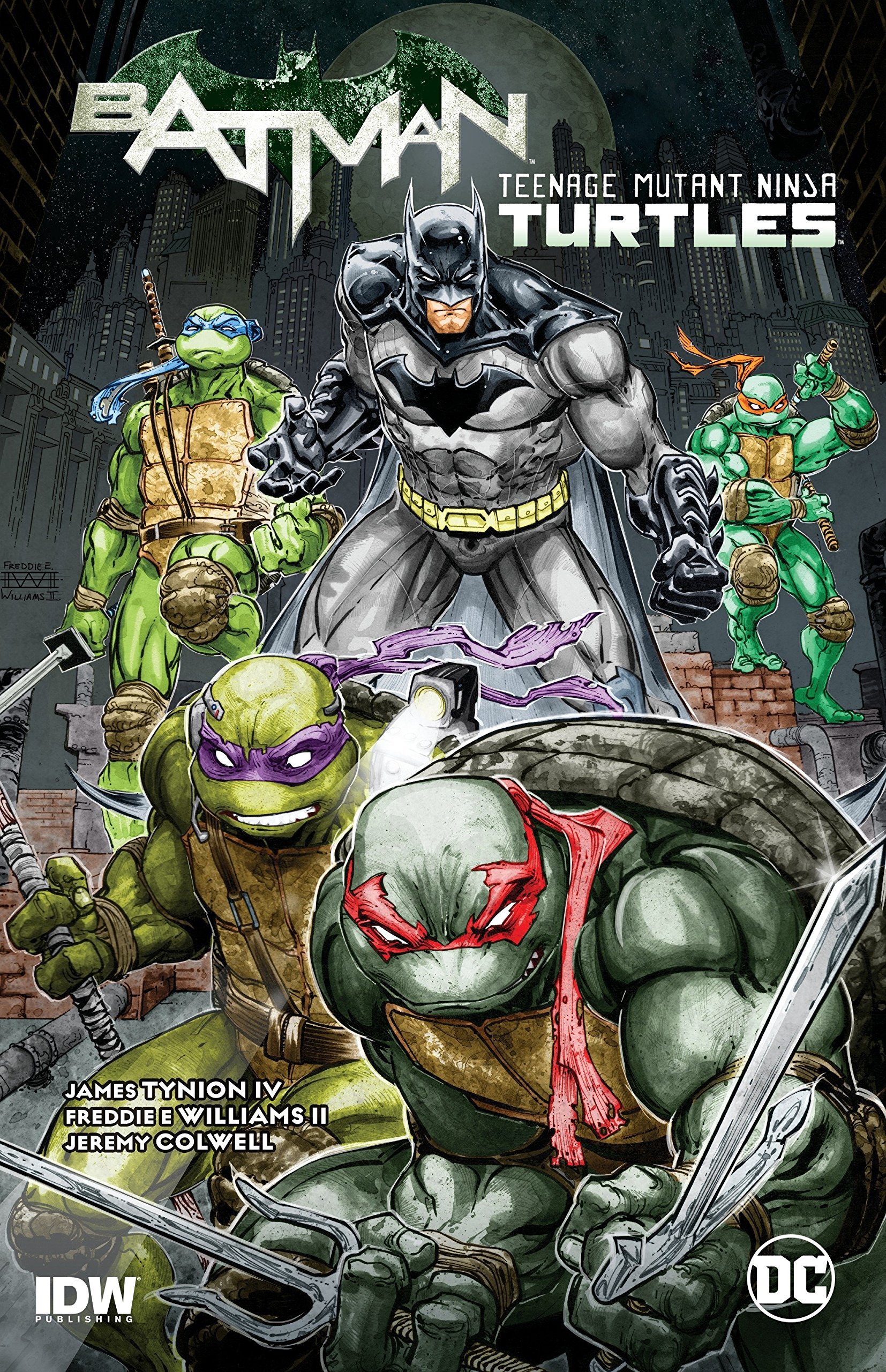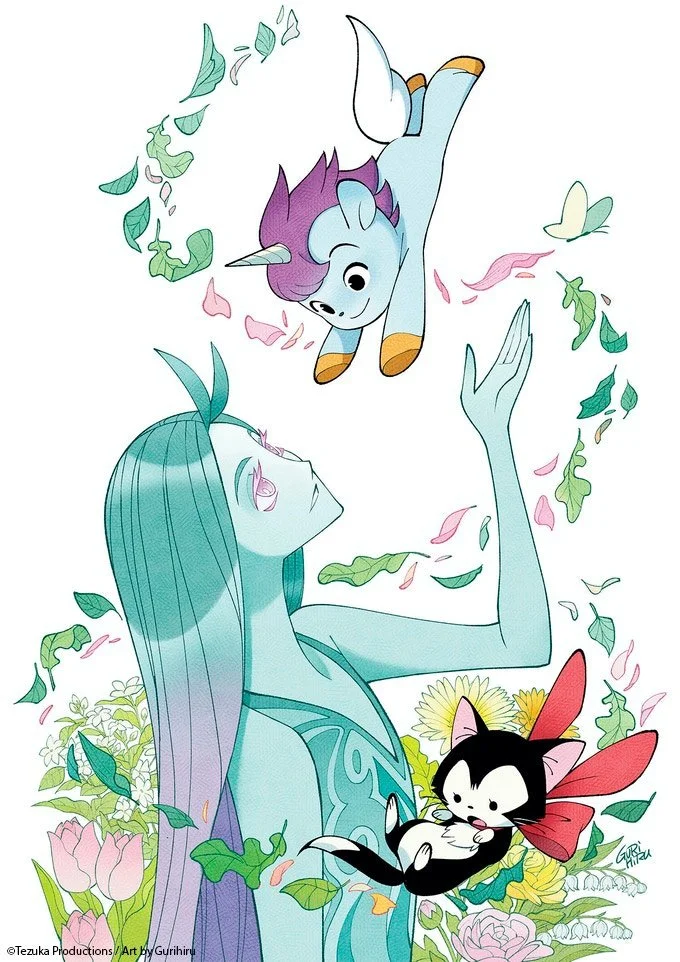The Man Without Fear...By The Year: 1966
By Bruno Savill De Jong — It’s 1966. England wins the World Cup, Batman and Star Trek debut on TV, and China starts the Cultural Revolution while the miniskirt sweeps the West. People are listening to “California Dreamin’,” watching The Good, The Bad, and the Ugly, and reading Daredevil.
Written by Stan Lee
Illustrated by John Romita, Sr. (12-19), Gene Colan (20-23)
Inks by John Romita, Sr. (12-13), Frankie Ray/Frank Giacoia (14-19, 21-23), Mikey Demeo (20)
Colours unknown/unlisted
Lettered by Sam Rosen (12-13, 17-19, 22-23), Artie Simek (14-16, 20-21)
The year 1965 ended with Matt taking a vacation, away from the strain of his workplace romance and the confusion of his crime-fighting double-identity. So, 1966 starts up with him taking that Ocean Cruise, although barely a panel goes by before it’s attacked by the Plunderer (basically a vintage pirate cosplayer) and his travel plans go off-course. It’s still Daredevil, after all, and Matt can never be completely free from danger. Not that he seems too annoyed by the excitement of constant adventure. But he’s still in uncharted waters for the first few issues of 1966, even winding up in the Savage Land and being struck by Ka-Zar so his radar-sense is temporarily disabled. Daredevil is left truly blind and vulnerable. He unceremoniously regains his abilities the next issue, and returns to New York not long afterwards, but the initial Odyssey marks out 1966 as one of the most subtlety influential years of Daredevil so far.
For one thing, there’s the artistic team. Daredevil had gone through numerous spurts of Marvel pencillers since its creation, with John Romita Sr. taking over in 1966. Frankly, most ‘60s Marvel artists held a similar house style, so the art changeovers aren’t too noticeable, especially since Frank Giacoia inks most of 1966. But Romita Sr. is bulkier than Wally Wood’s sleek style, and also talked about how Jack Kirby was called in to quicken up the layouts where Matt throws his civilian clothes away to dress as Daredevil and rush to the Ocean Cruise. Romita also illustrated Spider-Man’s first appearance in Daredevil (even if the two had already met in Amazing Spider-Man #16) before becoming that series’ penciller. Therefore, Romita was replaced by Gene Colan, who, despite Daredevil #20’s credits saying Colan was a “pinch-hit” temporary fill-in, would actually go on to become Daredevil’s regular penciller for the next 10 years.
1966 is also when Daredevil shifted into several multi-part stories. Aside from the brief Ani-Men two-parter, Daredevil had been solely standalone issues beforehand, but now the number of cliff-hanger endings have increased, and Matt deals with the same foes across multiple issues. Not only that, but 1966 includes increased call-backs to Daredevil’s young history, including the return of the Ox and the Owl. Similarly, new villains introduced within 1966, the Gladiator and the Masked Marauder, make separate introductions before teaming up and reappearing. A new format is slowly forming around Daredevil; one which maintains recurring threats against Daredevil and subjects him to ceaseless, continuous adventures.
But don’t worry True Believers, the love triangle that Matt went to escape from is back in full swing. The curious thing is Stan Lee seems apologetic for including it. Daredevil #12 sheepishly excuses how “it may seem like the start of a TV soap opera.” Lee later comments in Daredevil #16 “many thanks, Marvellite, for staying with us during the hearts and flowers portion of our yarn.” Daredevil’s love triangle is not innately bad, as such romance melodrama is (to me at least) a charmingly vintage part of Silver Age comics. But it’s frustrating how nothing ever develops. Foggy is enamored with Karen despite an inferiority complex. Karen pines after Matt but passively waits for him to reciprocate. And Matt dismisses the possibility of Karen’s feelings, arguing that they could only come from pity instead of true love. 1966 slightly moves the needle, when Matt overhears Karen calling him “the most wonderful man [she’s] ever known.” But the most part, the love triangle is indeed an element of Daredevil you have to stay through instead of having it evolve.
Matt has the more interesting perspective, given his double-life. Although it’s not exactly the typical burden of being Daredevil that irks him. Rather, it’s how Matt Murdock must pretend to be helpless like a regular blind man, while as Daredevil he feels more at ease. Matt regularly thinks how he’s “no longer acting, no longer pretending” when dressed as Daredevil, and that “the most difficult task in the world is acting helpless when I’m Matt Murdock!” 1966 continues with Daredevil making Matt feel more complete, allowing him to express his cavalier attitude when costumed up, even if everyone else remains unaware Daredevil is actually blind.
And as 1966 continues, a strange motif around costumes develops. The Plunderer is revealed to be English nobility only cosplaying as a pirate, before taking up “a fitting costume!! A costume suitable for the one who is about to be monarch of mankind!” Daredevil ambushes him by dressing up as one of his henchmen. It’s a fairly standard tactic, but the very next issue has the Ox swap minds with his cell-mate, mad scientist Karl Strugg, with their respective bodies seemingly impacting their minds. In the same issue, Strugg-as-Ox dresses up a defeated Daredevil in Ox’s spare garments, (somehow) convincing the pursuing police that Daredevil had disguised himself as the Ox. And these confused costumes keep coming. Including the Masked Marauder (whose own hidden identity is touted as a major mystery) tricking Spider-Man by having multiple henchmen dress up in Daredevil outfits, “indistinguishable from the real Daredevil.”
This comes to a head with the Gladiator, who works as a tailor and is obsessed, specifically, with superhero costumes. He decries how “all their glamour, all their appeal, lies within their colourful costumes! But take away those costumes, and they’re no better than I am!” So, when Foggy walks into his shop – with a hare-brained scheme of impressing Karen by impersonating Daredevil – the Gladiator tests his theory that “the clothes make the man” by making a suit for Foggy and staging a supervillain fight. 1966’s Daredevil circles around the connections of costumes and identity. Gladiator is obsessed with external appearances, having a symbiotic relationship with his own costume so that “he can’t seem to tell where he ends and his clothing begins.” In contrast, Daredevil’s outfit may allow him to be publicly himself (as opposed to the helpless Matt Murdock), but it’s a performance he can express in multiple facets, and not just an interchangeable costume.
Amazingly, despite the continuous storylines and sagas of this year’s Daredevil, 1966 ends exactly where it started; Daredevil stranded “deep in the heart of Europe.” When the Masked Marauder and Gladiator teamed-up to impress the Maggia, Daredevil is teleported to Europe to battle the Gladiator. The two actually call a truce after Daredevil saves him from a wild lion, but he’s still left in a foreign country with “no money – no other clothes – nowhere to turn!” Daredevil seems destined to wander around, instead of having a predictable vacation or lifestyle, although 1966 did show that swapping garments around doesn’t hurt Daredevil’s core character. Perhaps it even enhances it.
Read The Man Without Fear…By The Year: 1964 and 1965 now!
Check out Bruno Savill De Jong’s last regular series, Gotham Central Case by Case!
Bruno Savill De Jong is a recent undergraduate of English and freelance writer on films and comics, living in London. His infrequent comics-blog is Panels are Windows and semi-frequent Twitter is BrunoSavillDeJo.












